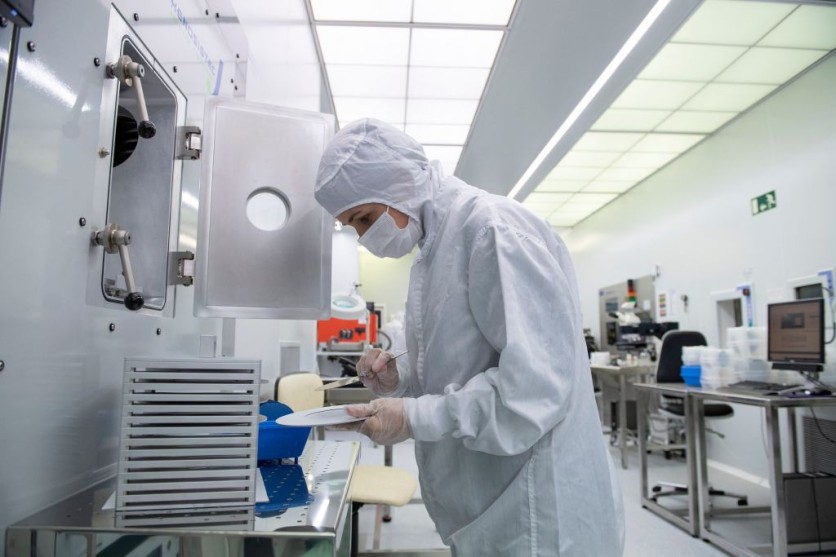Researchers at Georgia Institute of Technology have created a new method of treating damaged lymphatic vessels which are not able to pump out fluids as they usually do, according to PhysOrg. Instead of attempting to grow new vessels, they have come up with a way to fix the pumping ability of the existing vessels using nanoparticles.

How It Works
The researchers used a drug called S-(-)-Bay K8644, or BayK, which has an effect on L-type calcium channels in the body. These channels are important for the working of muscles in the skeletal, cardiac, and endocrine systems. If BayK was used throughout the body, it would cause convulsions and spasms.
By using nanoparticles that can travel through the lymphatic vessels, the drug can be delivered directly to the injection site. This ensures that the medicine stays concentrated around the area and is not diffused throughout the body.
When the lymphatic fluid is eventually returned to the bloodstream, it is diluted so much that it does not impact other parts of the body, making it a safe and efficient treatment for lymphedema.
The researchers tested their new formulation on animal models. They injected a fluorescent substance to map out the lymph node system, then used a pressure cuff to measure its normal function.
Afterwards, they tested how their BayK drug delivery system in a lymph-draining nanoparticle affected the drug's effectiveness. This system allowed the drug to act within the lymphatic vessels, resulting in increased pumping and pressure, as well as a reduction of BayK in the blood, which helps reduce side effects.
Also Read: AI, Nanotechnology May Help Solve World Hunger via 'Precision Agriculture,' Thanks to Research
For Human Application Soon
The researchers are looking into ways to make their formulation more applicable to humans by taking it to a higher level and studying the effects it could have on issues such as lymphedema. They are also investigating the possibility of using the formulation in combination with other therapies to help treat or prevent lymphedema.
The human body has a complex network of microscopic vessels called lymphatic vessels that transport white blood cells and proteins throughout the body. This network is like an advanced highway system for the immune system. If this network is disrupted due to injury or cancer treatment, fluids can no longer be transported and swelling called lymphedema can occur, which is painful and cannot be reversed.
By combining these advanced methods with traditional treatments like compression therapy and exercise programs, doctors may soon find new ways to prevent this debilitating condition from occurring altogether or help slow its progression when it does occur so patients can live more comfortable lives free from pain caused by swelling due to swollen lymph nodes in arms legs etc.
Related Article: World's Thinnest Lens Could Revolutionize Nanotechnology

ⓒ 2025 TECHTIMES.com All rights reserved. Do not reproduce without permission.




